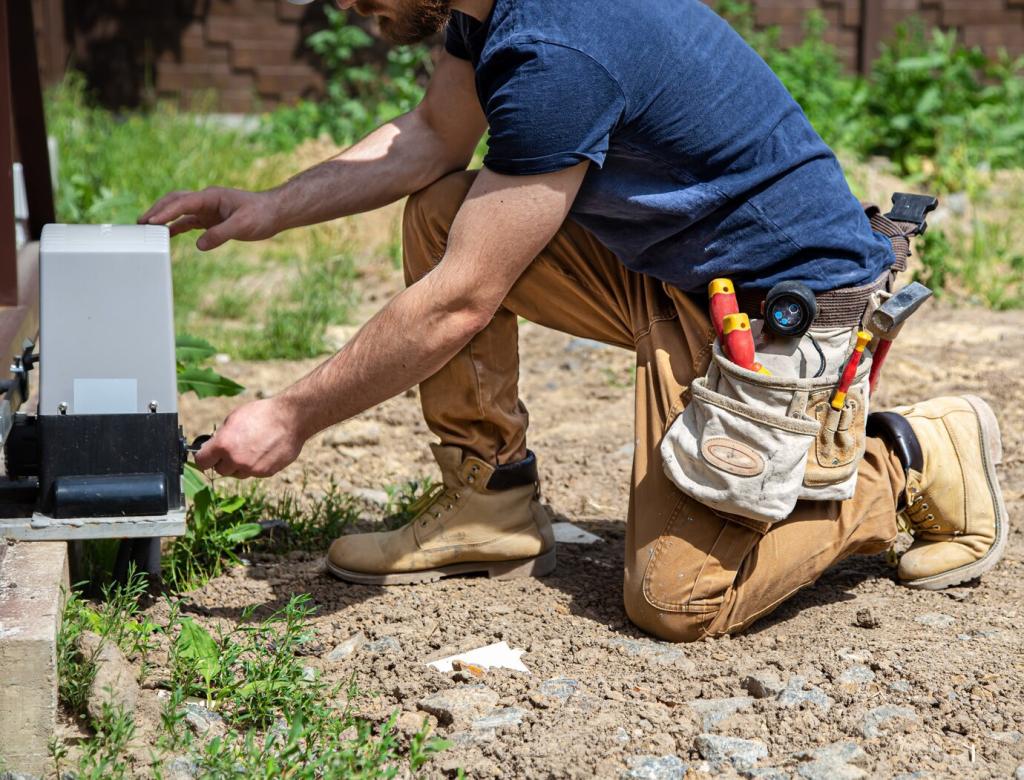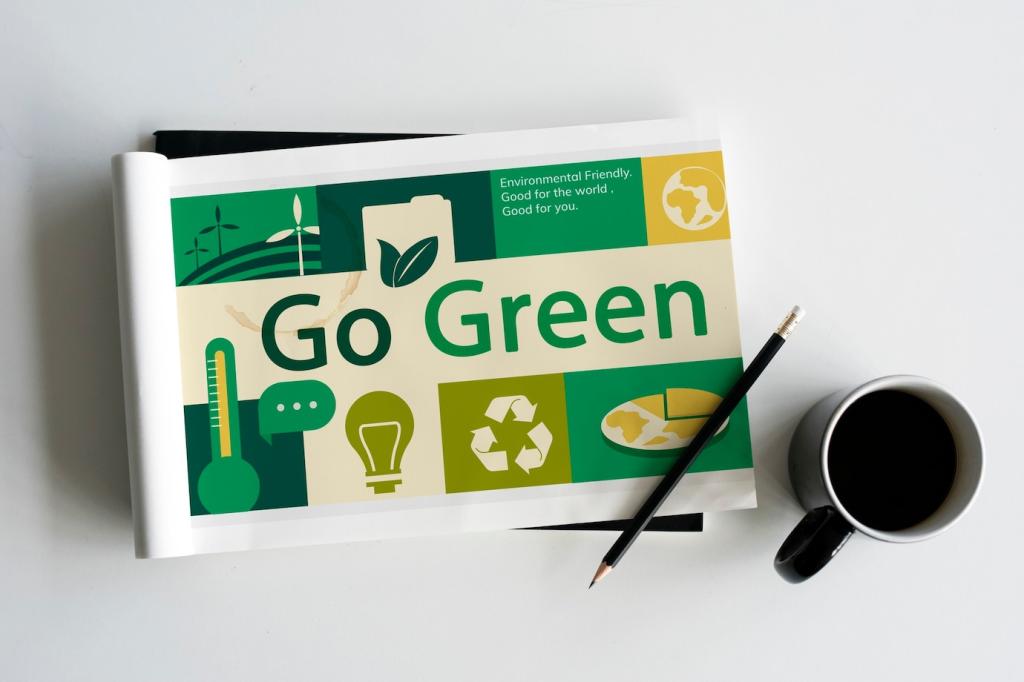
Organic Upholstery Protection Methods: Safer Care, Lasting Beauty
Selected theme: Organic Upholstery Protection Methods. Explore gentle, plant-forward ways to defend your fabrics without harsh residues. Learn proven habits, natural barriers, and smart maintenance—and join our community by sharing your tips, questions, and experiences. Subscribe for new organic upholstery insights each week.
Foundations of Organic Upholstery Protection
Why Prevention Beats Correction
Small, consistent habits protect upholstery better than any emergency treatment. Rotate cushions, use washable throws in high-traffic zones, adopt a shoes-off policy, and shield fabric from direct sun. Share your best prevention habit in the comments and inspire someone’s next weekend refresh.
The Science Behind Plant-Based Barriers
Natural waxes and bio-based polymers create ultra-thin, breathable films that slightly reduce surface energy, helping liquids bead and blot away. Unlike heavy coatings, these micro-layers aim for subtle protection over stiffness. Curious about the chemistry? Ask below and we’ll unpack it in a future post.
Patch Testing Ritual
Always test in an inconspicuous spot. Apply a tiny amount, wait 24–48 hours, then check for color change, texture shifts, or residue. Snap a photo for comparison. Tell us how your patch tests go—your notes help others choose safer organic upholstery protection methods.

Natural Repellents and Finishes That Work
Water-based beeswax emulsions can provide a delicate, nearly invisible finish on many W/WS fabrics. Apply sparingly, allow full drying, and buff gently with a soft cloth. We once saved a linen ottoman from grape juice thanks to a thin coat—share your small victories too.

Natural Repellents and Finishes That Work
Bio-based polymers form a flexible film that helps resist light spills without fluorochemicals. Look for PFAS-free, low-VOC labels and clear care instructions. If you’ve tried a plant-polymer protector, drop your experience below so readers can compare results across different upholstery weaves.


Smart Cleaning and Pre-Treatment Routines
Weekly vacuuming with an upholstery brush lifts grit that can abrade fibers and dull color. Focus on seams and crevices where dust settles. This simple step often prevents stains from bonding. Share your favorite vacuum tool and frequency—your routine could help a busy pet parent.
Smart Cleaning and Pre-Treatment Routines
For water-safe fabrics, blot fresh spills with a barely damp microfiber and a drop of mild, plant-based soap. Work from the outside inward, never scrubbing. Rinse by blotting with clean water and dry thoroughly. Comment if you’ve found a soap brand that leaves no residue.
Water-safe fabrics tolerate gentle, water-based protectors like beeswax emulsions or bio-based polymer sprays. Apply very thin, even coats and allow full dry time. Have a microfiber or cotton blend? Tell us which method kept it soft while adding a touch of spill resistance.
Matching Methods to Fabric Types
Solvent-only fabrics are delicate with water. Lean on prevention: washable throws, rotation, and careful blotting with appropriate solvent when needed. Organic protection focuses on habits over coatings here. Share your S-fabric wins to help others avoid unintended water rings.
Matching Methods to Fabric Types
Family, Pets, and Indoor Air Quality
Many essential oils are risky for pets, especially cats. Prefer unscented, low-VOC protectors and robust prevention habits like throws and frequent vacuuming. Pet parents, tell us which routines survive muddy paws, rainy walks, and nap marathons without sacrificing your sofa’s feel.


Family, Pets, and Indoor Air Quality
Skip heavy fragrances and ensure thorough rinsing after spot care. HEPA filtration and regular dusting reduce allergen load. Sunlight short sessions can freshen cushions, but avoid fading. If you manage allergies at home, share which steps made the biggest difference.
DIY Trials, Case Stories, and Community Wisdom
A very diluted flaxseed gel can dry into a subtle film on some W/WS fabrics, offering slight resistance to light spills. Strain well, apply thinly, and patch test. It may stiffen if overused. Tried it? Share photos and notes so others learn from your experiment.
A reader faced a tea spill on a cotton-linen sofa pretreated with a thin, plant-polymer spray. The liquid beaded, and quick blotting left no mark. That tiny prep step mattered. Have a similar moment? Tell your story to encourage someone starting today.
If DIY feels uncertain, look for PFAS-free, low-VOC, bio-based protectors with transparent safety data. Apply lightly, allow full curing, and ventilate well. Comment with brands that performed without stickiness so we can compile a community-tested shortlist.
